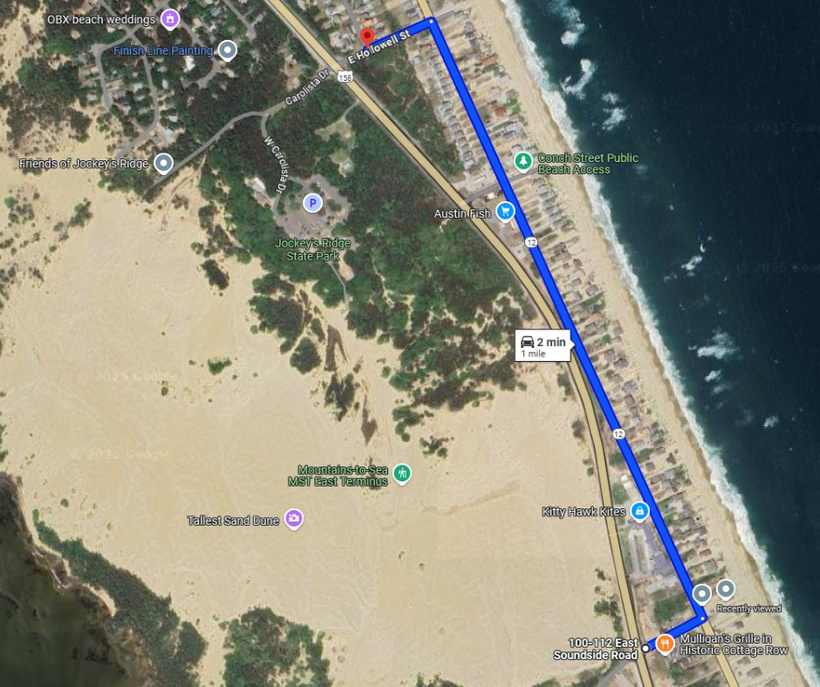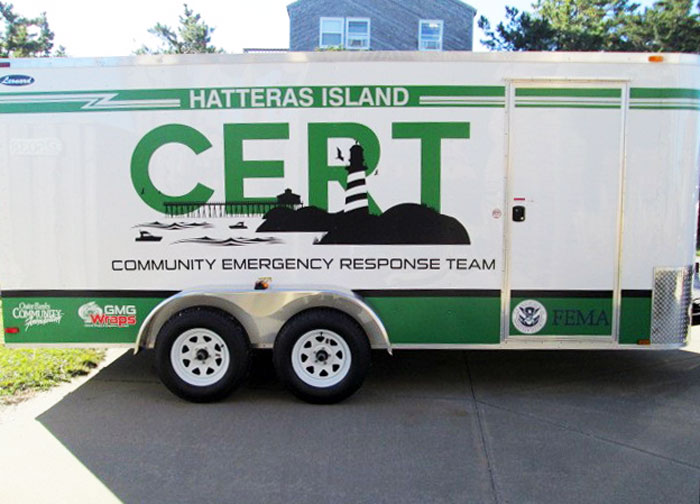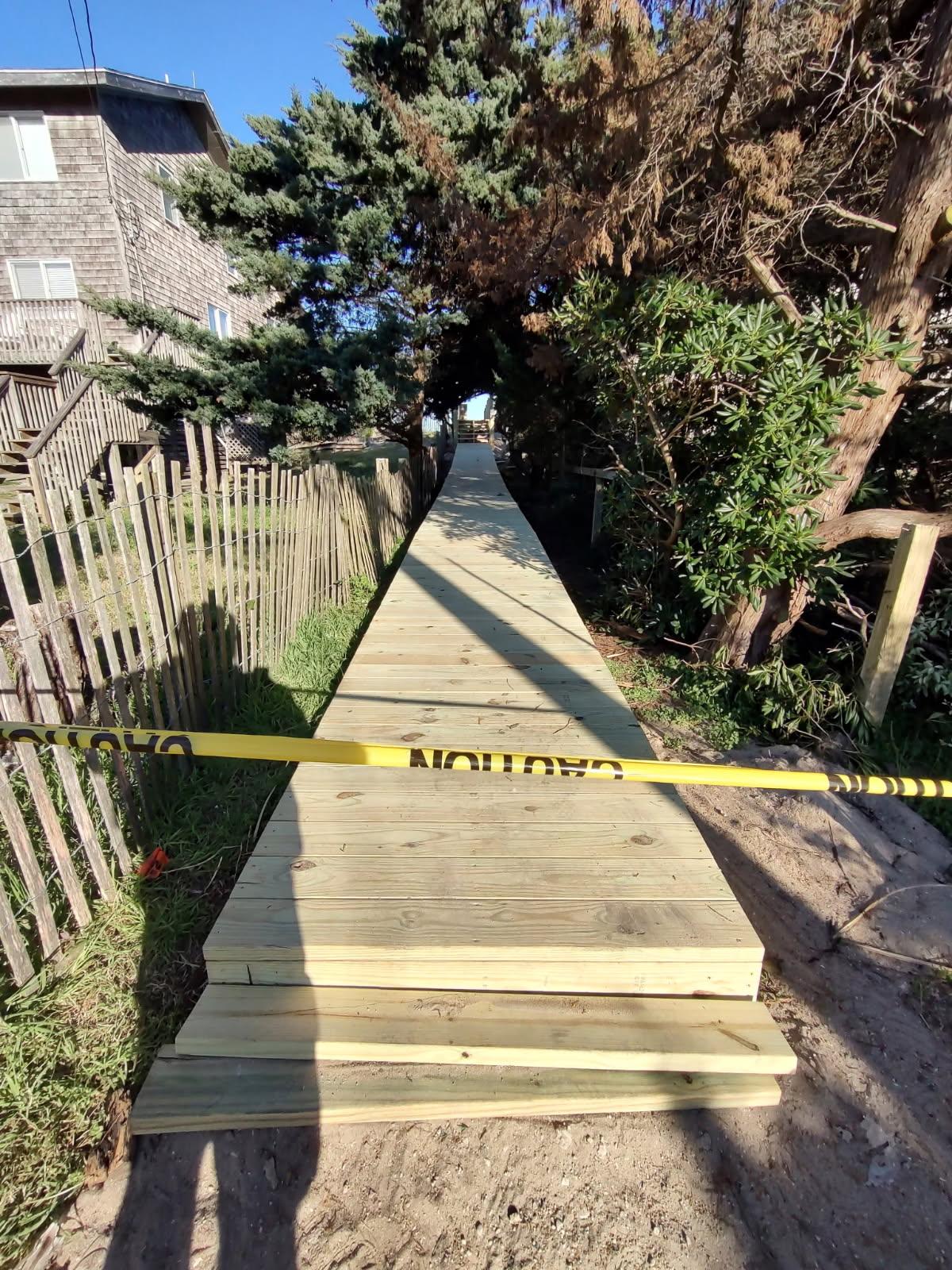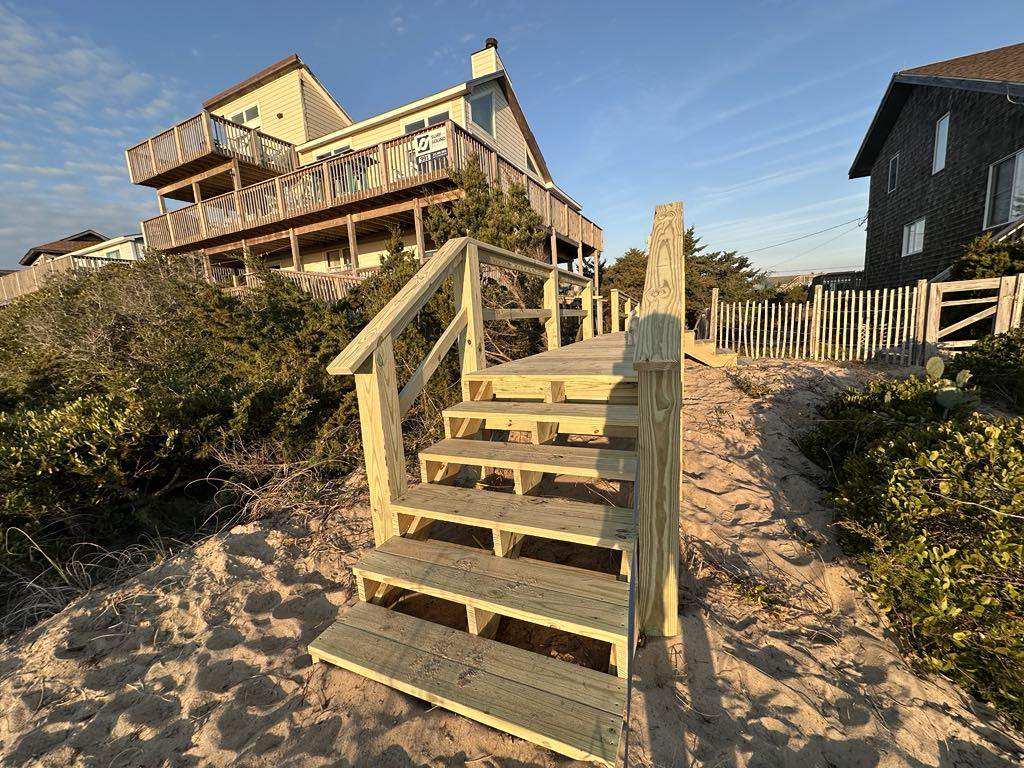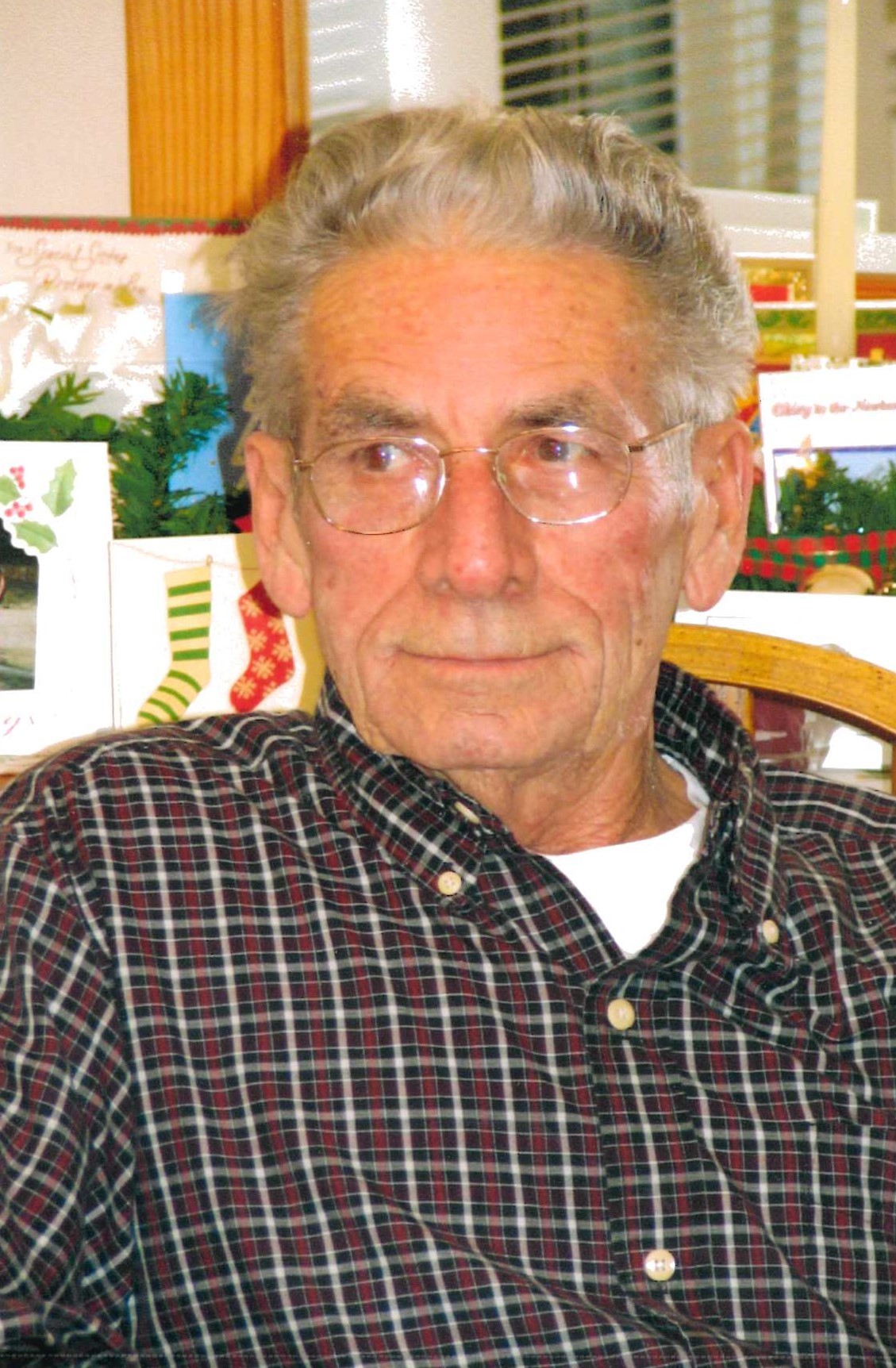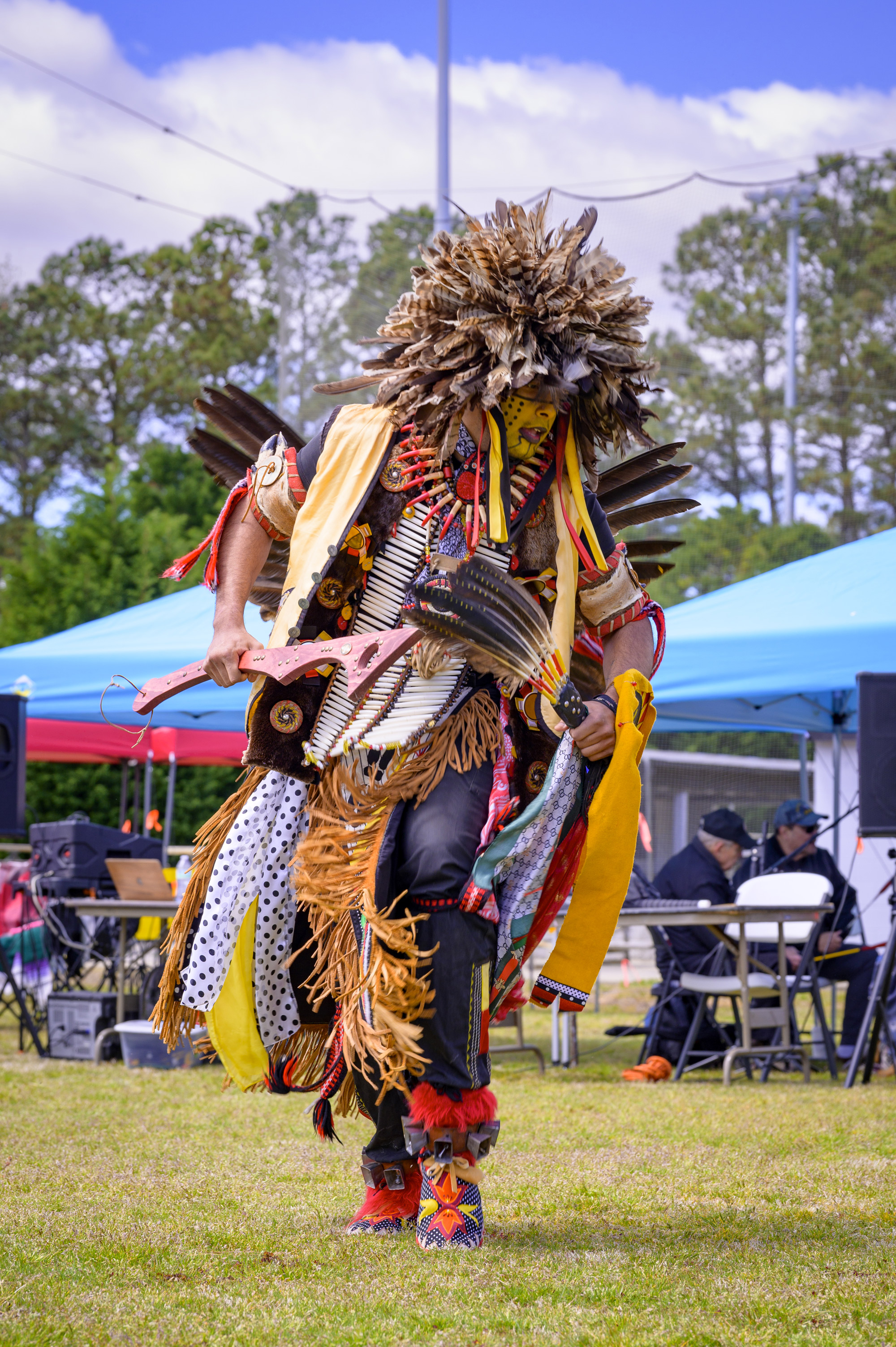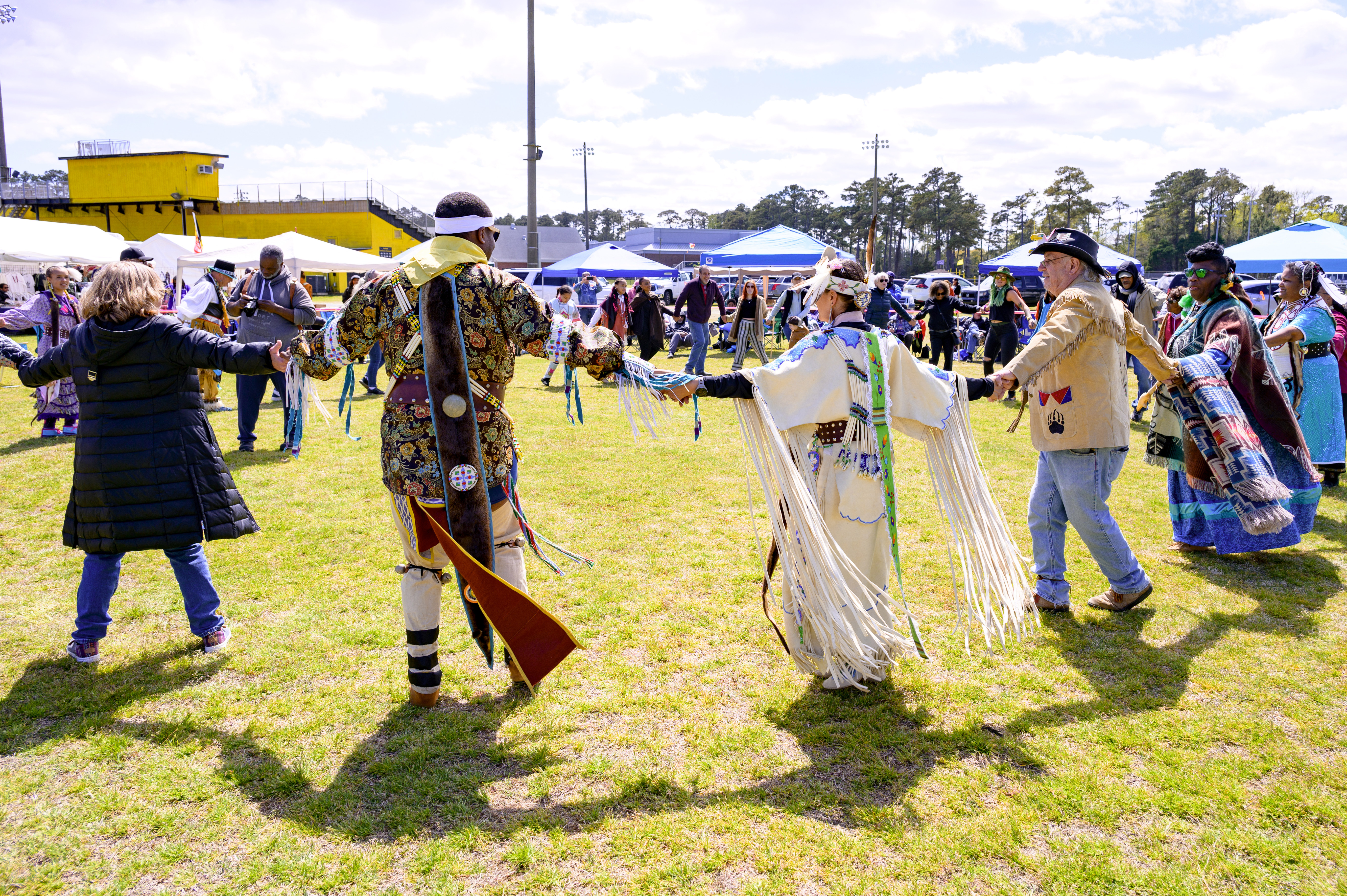Our Coast’s History: A WWII Outer Banks Spy
World War II was hell, and those who remember it are few. However, some local folks still recall the horror of corpses washing ashore, deafening firebombs in the sea, mangled ship parts and sticky oil a-muck on the beach — and the paranoia of bad men stealing wartime secrets in Outer Bankers’ backyards.
In the early 1940s, Outer Bankers went to bed worrying if German spies might come ashore in the dark of night from their submarines, or U-boats, hidden behind the waves. Today, we can find no WWII espionage reports from the National Archives or FBI focusing on North Carolina, although there is a local story of an apparent German spy in Buxton that authorities eventually captured.
Carol White Dillon, 89, of Buxton recollects it was 1940 when the man with the German accent came to visit the parents of a childhood friend, before the U.S. entered the war.
Dillon’s personage was the feature of the famous Nell Wise Wechter novel, “Taffy of Torpedo Junction,” a part-fiction, part-true account of a spirited red-haired teenager named Taffy Willis, who was growing up with her beloved “Gramp” at the heart of the “Battle of Torpedo Junction” off the Outer Banks.
The Mysterious Visitor
“I don’t remember what he looked like, and there was nothing unusual about his dress,” Dillon said. “I don’t know when or how he arrived.”
Dillon said there was speculation he was let off a U-boat, and rowed ashore in a rubber raft. “The Coast Guard boys would talk, and they mentioned finding rafts in the dunes. We assumed men were coming ashore from the German subs,” she said, but conceded, “I really don’t know how he got here.”
Dillon said that, back then, access to Hatteras was only by ferry, and the best way to travel over land was by walking, horseback or riding on the Midgett Bus Line. Driving and getting stuck in the sand wasn’t a good option. “So, he may have come on the bus,” she said.
“He didn’t work. He was just visiting. He stayed with the Melhouses on Buxton Back Road. The house is still there. I played with their son, Ralph. Germans were infiltrating everywhere,” Dillon said.
She said the man’s name was Hans Haas, and he came into the post office, where her mother, Maude White, was postmistress. He wanted to mail heavy parcels in wooden boxes. They were maybe 2 and a half feet by 2 feet, and he would insure them. “Mother asked him two or three times what was in there, and he said, ‘books’.
“I told mother, that man’s lying to you, because there was no place to buy books on the island, and he wasn’t a native who could have collected so many books, and she became suspicious. I think she was already suspicious.”
Dillon said her only interaction with the man was that day in the post office. She and her mother never spoke of the incident with the Melhouses or anybody else.
Her mother wanted to keep it to themselves.
“I don’t remember where he was mailing the packages or if he received mail,” Dillon said, “but mother did not mail the boxes. She called the FBI.”
Maude White was also a volunteer “coastal observer” for the U.S. Navy, and had a relative at the Coast Guard station on the island, and may have used the telephone there, she said.
Dillon said the FBI undertook the arduous trip to Buxton and discovered the boxes were filled with maps of all the little canals and waterways and water depths from Maine to Florida.
“I don’t think they confronted him here. But they secretly followed him back to New York and arrested him there. He was a German spy and was caught, and my mother was the one responsible for his capture.
“I don’t think the FBI told her specifically what happened to him, but they said they caught a ring of spies when they followed him to New York.”
Maude White received a commendation from the Navy’s District Intelligence Office for her patriotic service.
FBI and other U.S. records make no mention of a Hans Haas, which Dillon presumes was a false name.
The largest espionage case in the U.S. that ended in convictions was the Duquesne Spy Ring in New York. A total of 33 members of a German espionage network were convicted in 1941 after a lengthy FBI investigation. If indeed “Haas” was associated with the Duquesne Spy Ring in New York and was part of the ring of spies captured there, his fate was a long prison term.
However, there may be no connection between Haas and that operation, because it took place a year before Dillon’s encounter, if her memory is true, and descriptions of the spies’ work do not match Haas’s endeavors. Dillon viewed photos of the 33 spies, but they did not trigger her memory of what he looked like. It was, after all, alm
ost 80 years ago.
Whatever happened to the German spy of the Outer Banks, Dillon offered that she did not think he lived a full life.


